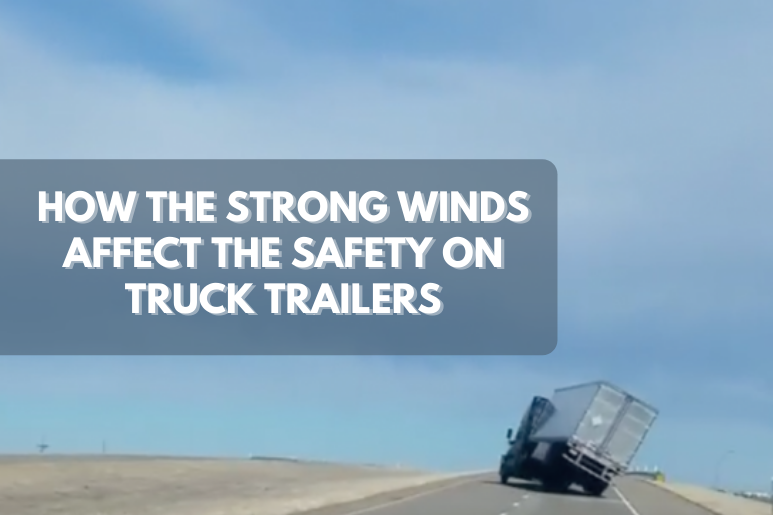How The Strong Winds Affect The Safety of Truck Trailers?
Bad weather can cause truck accidents and high-speed wind is one of the factors that come with the bad weather.
Truck drivers should be aware of how strong winds can affect the tractor trailers.
Knowing how to safely navigate and operate the truck will avoid unwanted collisions.
Most of the driver are familiar with the dangers that come from snowy, rainy and icy road conditions, but not all of them know how the strong winds affect the safety of truck trailers.
Why Strong Winds Are Dangerous?
Commercial trucks are larger, taller and wider than all the other vehicles on the road.
The trailer has extensive surface area and high center of gravity.
Because of this they are more sensitive of crosswinds.
This causes the trailer to move, especially if it`s light or empty.
It is also known as “sail effect”.
The effects of the wind depend not only by its force, but also its trajectory.
If the wind comes lateral, then moves the vehicle`s trajectory.
If it comes from the front, it slows down the truck, and if its coming from the back then it accelerates the truck.
According to the National Highway Traffic Safety Administration (NHTSA), there were over 1,000 large truck crashes as a result of severe crosswinds in 2016.

Are Cold Winds More Dangerous For Tractor Trailers Than Warm Winds?
The short answer to this question is YES.
The secret is in air density.
Cold air is much denser because molecules are moving slowly and are more tightly packed together.
However, warmer air has molecules that are farther apart from each other.
They are moving slowly and occupy less space.
This is the main reason why a strong and cold wind would have higher force on a tractor trailer to push it.
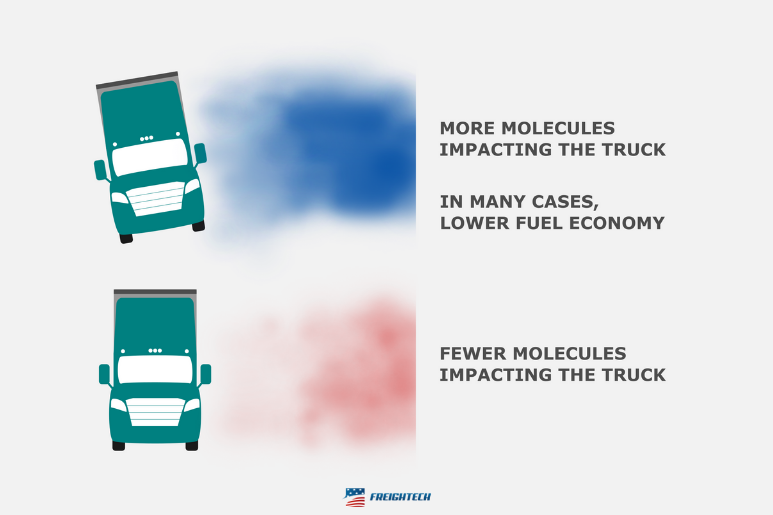
Types Of Truck Accidents Caused By Strong Winds
- Truck Rollover – the most common accident
When a driver loses control of the truck or when he carries a light load, the truck can slide and roll over on its side. - Jackknife Accident – this accident happens when the trailer creates a 90-degree angle from the front part of the semi`s cab.
During a high wind, the driver might try to brake too hard or too quickly which may result in a jackknife. - Under Ride Collision – the deadliest type of accidents.
While trying to regain control of the truck that has been moved from the strong wind, the truck could quickly stop.
If the vehicle behind is too close to the truck or if the driver doesn`t pay attention, the vehicle could end up lodged underneath the trailer. - Lost Load Accidents
If the cargo is not properly secured during high winds, it could fly off the trailer and cause other drivers of the vehicles to swerve which could result in collisions.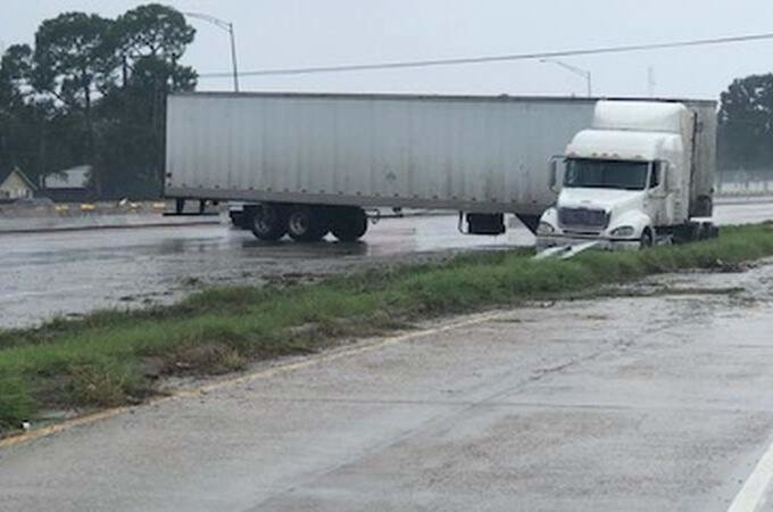
Safety Tips During Strong Winds
Taking some safety precautions for wind-related tractor-trailer problems could lead to safer roads overall.
Some of those measures include:
- Check the Wind Speed
Truck drivers should always check the wind speed to estimate the risks associated with travelling.
It is considered that winds under 60mph are safe.
However, it is recommended to be cautious also in winds 40mph range.
Wind speed over 60mph is too dangerous to travel on.
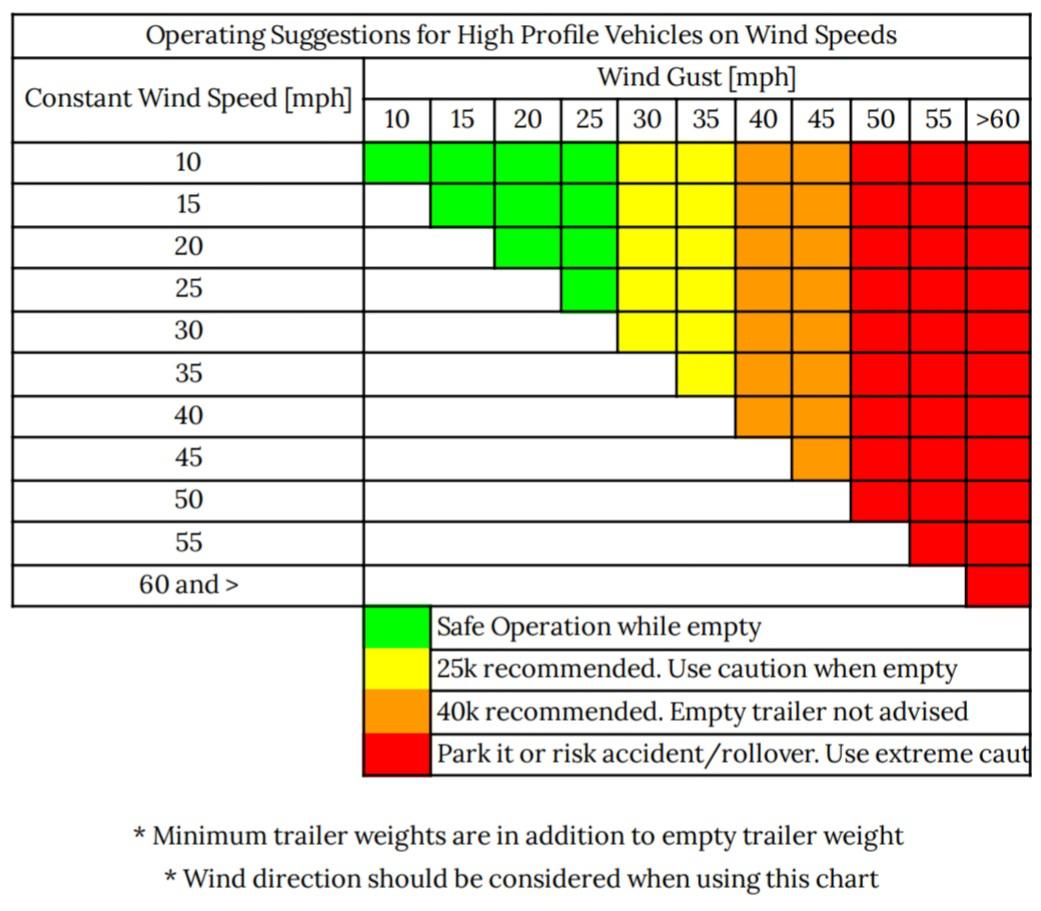
- Load Size
Driving with a lighter load is easier to turn over the trailer, than a heavier load.
A load weight of 70,000 lbs. is more difficult to tip over than a tractor with a load weight of 35,000 lbs.
If the delivery consists of light load, then it is best to reschedule it. - Secure The Truck
During the Pre-trip inspection all doors should be closed and tightly secured.
Make sure the cargo`s potential to come loose is prevented.
- Driving Technique
While driving through high winds, it is important to have a firm grip on the steering wheel, because the truck is going to pull into the direction where the wind blows.
Also, slow down the speed and turn on the hazard lights to warn other drivers.
Drive in the right lane, so people who are driving faster can get past you.
To learn more about technique while driving in high winds, check out this YouTube video by Cory Draper.
The footage shows him driving through intense 65 mph winds in Wyoming.
He shares his tips while driving during extreme wind. - Check The Surroundings
Certain areas are more disposed to gusts of wind.
Be aware of the surroundings and take safety measures when crossing a bridges or narrow roads.
States With The Strongest Winds
1. Alaska
The wind speed is on average 21.9mph.
Sometimes the wind can reach as strong as 84mph.
2. Wyoming
The wind speed is on average 21.5 mph
Most damages occur when wind gusts go above 70mph.
The windiest city in Wyoming is Rawlins with an average of 12.9mph.
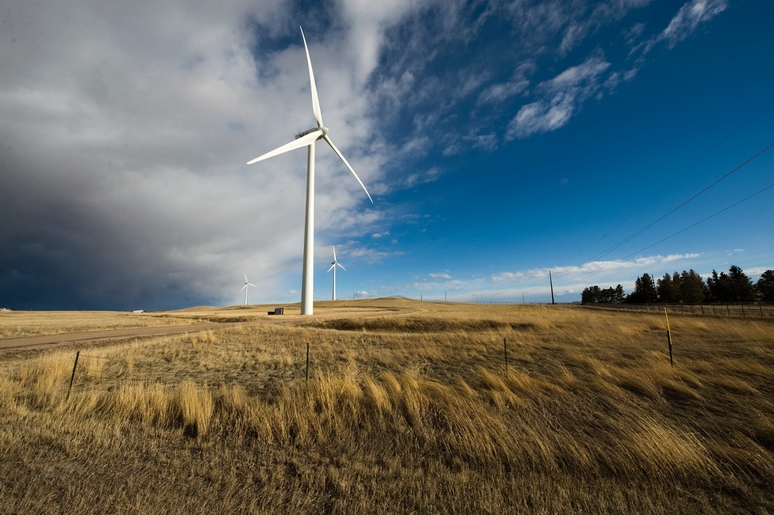
3. Michigan
The windiest areas in Michigan have average wind speed of 20.9mph.
Several rural Michigan counties have developed wind farms which produce more than 212.5 megawatts of renewable energy.
4. Nebraska
In Nebraska the wind speed reaches average 20.5mph.
The windiest days of the year in Nebraska are usually in April with average wind speed 13mph.
5. Montana
The wind speed reaches 20.5mph.
Montana`s windy season is from November to February.
Deep Creek is known to have the windiest weather in the entire state.
Conclusion
The wind is an unpredictable climatic condition and therefore it`s truck driver`s responsibility to operate their commercial truck in a safely manner.


